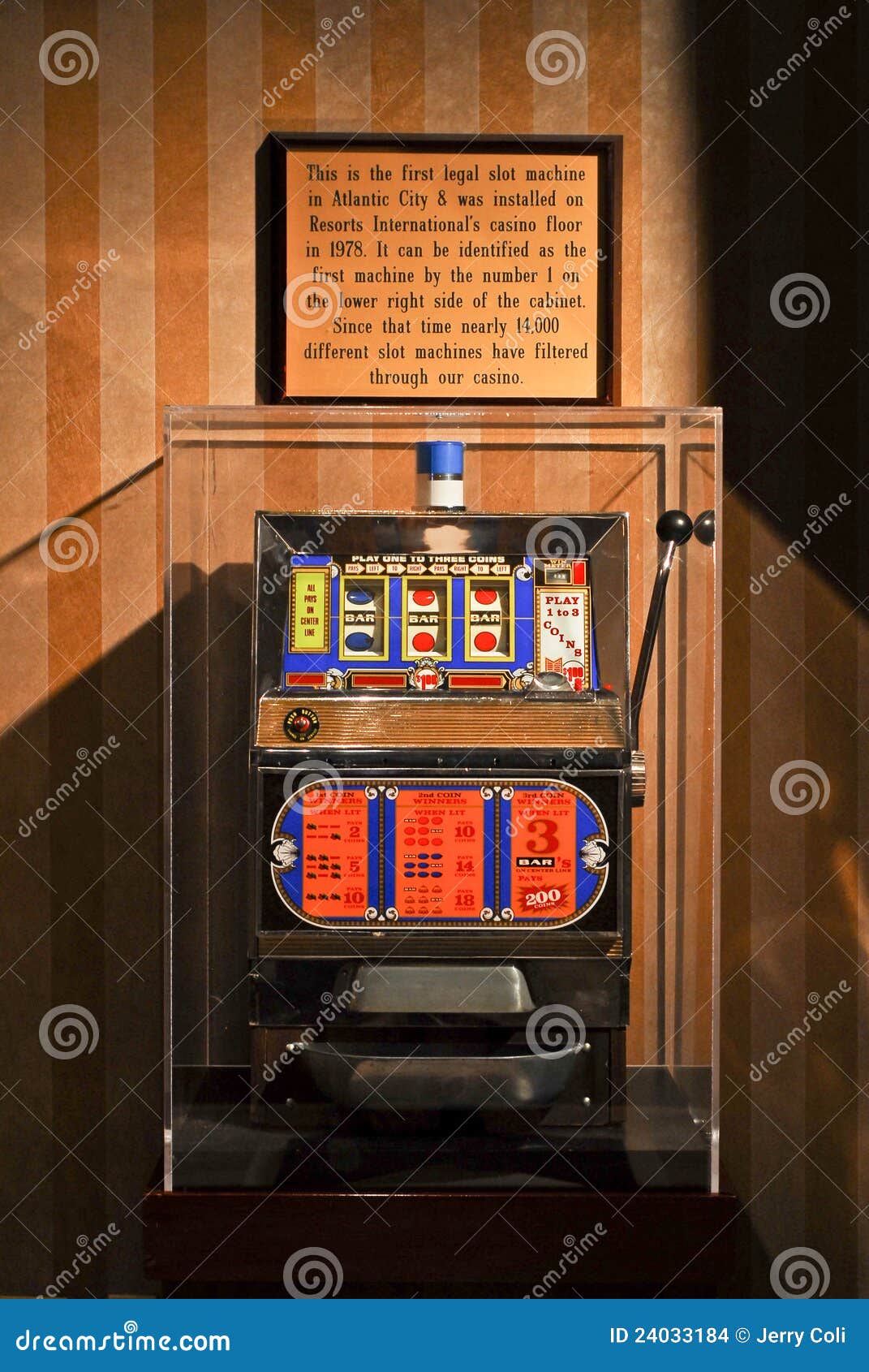Society
- English
- 日本語
- 简体字
- 繁體字
- Français
- Español
- العربية
- Русский
A Ministry of Health, Labor, and Welfare study on gambling addiction estimates that 3.6% of adults in Japan show symptoms at some point in their life. That percentage translates to around 3.2 million people, according to data from the national census. Around 700,000 people, or 0.8% of the population, are estimated to have shown signs of gambling addiction over the past year.
The government-subsidized National Hospital Organization Kurihama Medical and Addiction Center conducted the study in May and June 2017, randomly choosing 10,000 persons aged 20 to 74 and receiving valid responses from 4,685 persons.
Among those interviewed, 158 persons, or 3.6%, had at some point in time shown symptoms of gambling addiction. The percentage among men (6.7%) was much higher than among women (0.6%). The most common type of gambling was pachinko machines or “pachislot” slot machines, which 123 of the 158 said they had spent their money on.
Online Gambling Slot Machines

- I am so grateful to find this site just in the nix of time I have been gambling for about 4 years on slot machines. Losing and still returning, with every dime I get. I work so hard only to spend it on machines. I am so ashamed of myself I. Ctry to hide my addiction by lying to my love ones.
- Factors in problem adolescent fruit machine gambling: Results of a small postal survey. Journal of Gambling Studies, 9, 31-45. Fruit machine addiction in adolescence: A.
Afterward, Stacy studied gambling addiction and the ways slot machines entice customers to part with their money. In 2014, she filed a lawsuit against both Mountaineer Casino and International.
The interviews found 32 persons, mainly men, who had displayed signs of gambling addiction over the past year. Their average age was 46.5 and the most common form of gambling was again pachinko or pachislot machines, which 26 of them preferred. The average amount spent by those gamblers over the past year was ¥58,000 per month.
A separate study by the National Police Agency found that since 1996 the number of pachinko parlors in Japan has decreased for 21 consecutive years. There has been a slight decrease in the number of pachinko machines and a slight increase in the number of pachislot machines, so the overall number of machines in Japan has remained basically unchanged over the past few years. The size of individual pachinko parlors, meanwhile, is becoming larger.
The 3.6% rate among the Japanese population for showing signs of gambling addiction over a person’s lifetime is considerably higher than the rate in other developed countries. The next highest rate is 1.9% in the Netherlands, followed by 1.2% in France. However, the survey years and methods differ among countries so it is difficult to make simple comparisons.
Rate of Potential Gambling Addiction
| Japan | 3.6% |
| The Netherlands | 1.9% |
| France | 1.2% |
| Switzerland | 1.1% |
| Canada | 0.9% |
| Italy | 0.4% |
| Germany | 0.2% |
Based on the findings of Dr. Higuchi Susumu, director general of the National Hospital Organization Kurihama Medical and Addiction Center. (Please note that countries differ in terms of the period when each study was conducted and the number of people surveyed.)
One pillar of the economic growth strategy of Prime Minister Abe Shinzō’s government has been the establishment of “integrated resorts” that include legalized casinos, and on July 20 the Diet approved the Integrated Resorts Implementation Bill that sets out IR operational rules. Just prior to that, on July 6, the Gambling Addition Countermeasures Bill was passed. Japan’s first casino is expected to open in the mid-2020s at the earliest, but in preparation for that it has become vital for the national government and local governments to enhance medical treatment related to gambling addiction, including measures to treat those addicted to pachinko and slot machine gambling.
Slot Machine Gambling Addiction Stories
(Translated from Japanese. Banner photo:© Pixta.)